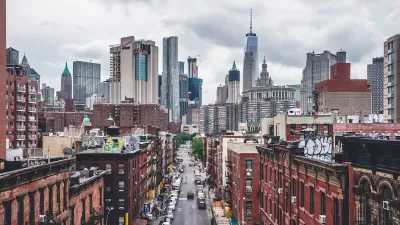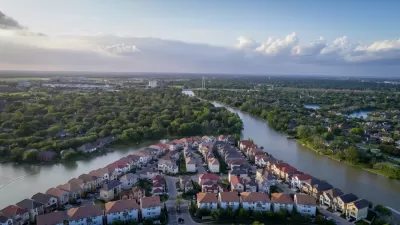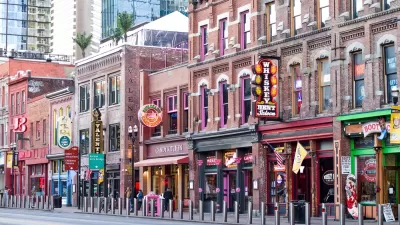The mostly unfamiliar cities of China's vast inland territories are growing at an exponential rate, attracting global businesses, infrastructure investment, and residents in search of opportunities.
It has a population larger than that of New York City, and its GDP is expected to double in five years. With business booming, China's city of Wuhan, located about 750 miles deep into China's hinterland, is seeing explosive growth, putting a strain on its infrastructure and environment. NPR's Frank Langfitt reports, "A variety of factors are driving that growth, everything from cheap land prices and low-cost labor to the tremendous demand for infrastructure...These days, the city feels like an open construction site as the local government tries to put in its first three subway lines. Many citizens can't wait."
Wuhan's evolution into a metropolis is similar to that of many other inland Chinese cities. Seen as a place for business to escape the increasingly expensive east coast cities, like Shanghai, Beijing, and Hong Kong, inland cities are attracting both rural Chinese, who continue to flock to cities, and, increasingly, foreigners. Lower costs for business are giving incentives to foreign firms to move to inland China. "U.S. companies in Wuhan include the giant engine manufacturer Cummins, General Electric and TRW Automotive. According to Corum, they will soon be joined by General Motors," says Langfitt. "The French automaker Peugeot-Citroen has two factories in Wuhan. Pfizer has a research and development facility here as well."
Still, the rapid development hasn't been without problems. With a single light rail line, Wuhan's traffic is horrendous. Also, "[e]arlier this summer, a yellow, post-apocalyptic smog enveloped the city," reports Langfitt, "sparking fears that there had been an industrial accident." And for some residents, says Langfitt, Wuhan still cannot match the high life in the more cosmopolitan and developed east coast.
FULL STORY: Wu-Where? Opportunity Now In China's Inland Cities

Planetizen Federal Action Tracker
A weekly monitor of how Trump’s orders and actions are impacting planners and planning in America.

Maui's Vacation Rental Debate Turns Ugly
Verbal attacks, misinformation campaigns and fistfights plague a high-stakes debate to convert thousands of vacation rentals into long-term housing.

San Francisco Suspends Traffic Calming Amidst Record Deaths
Citing “a challenging fiscal landscape,” the city will cease the program on the heels of 42 traffic deaths, including 24 pedestrians.

Defunct Pittsburgh Power Plant to Become Residential Tower
A decommissioned steam heat plant will be redeveloped into almost 100 affordable housing units.

Trump Prompts Restructuring of Transportation Research Board in “Unprecedented Overreach”
The TRB has eliminated more than half of its committees including those focused on climate, equity, and cities.

Amtrak Rolls Out New Orleans to Alabama “Mardi Gras” Train
The new service will operate morning and evening departures between Mobile and New Orleans.
Urban Design for Planners 1: Software Tools
This six-course series explores essential urban design concepts using open source software and equips planners with the tools they need to participate fully in the urban design process.
Planning for Universal Design
Learn the tools for implementing Universal Design in planning regulations.
Heyer Gruel & Associates PA
JM Goldson LLC
Custer County Colorado
City of Camden Redevelopment Agency
City of Astoria
Transportation Research & Education Center (TREC) at Portland State University
Jefferson Parish Government
Camden Redevelopment Agency
City of Claremont





























